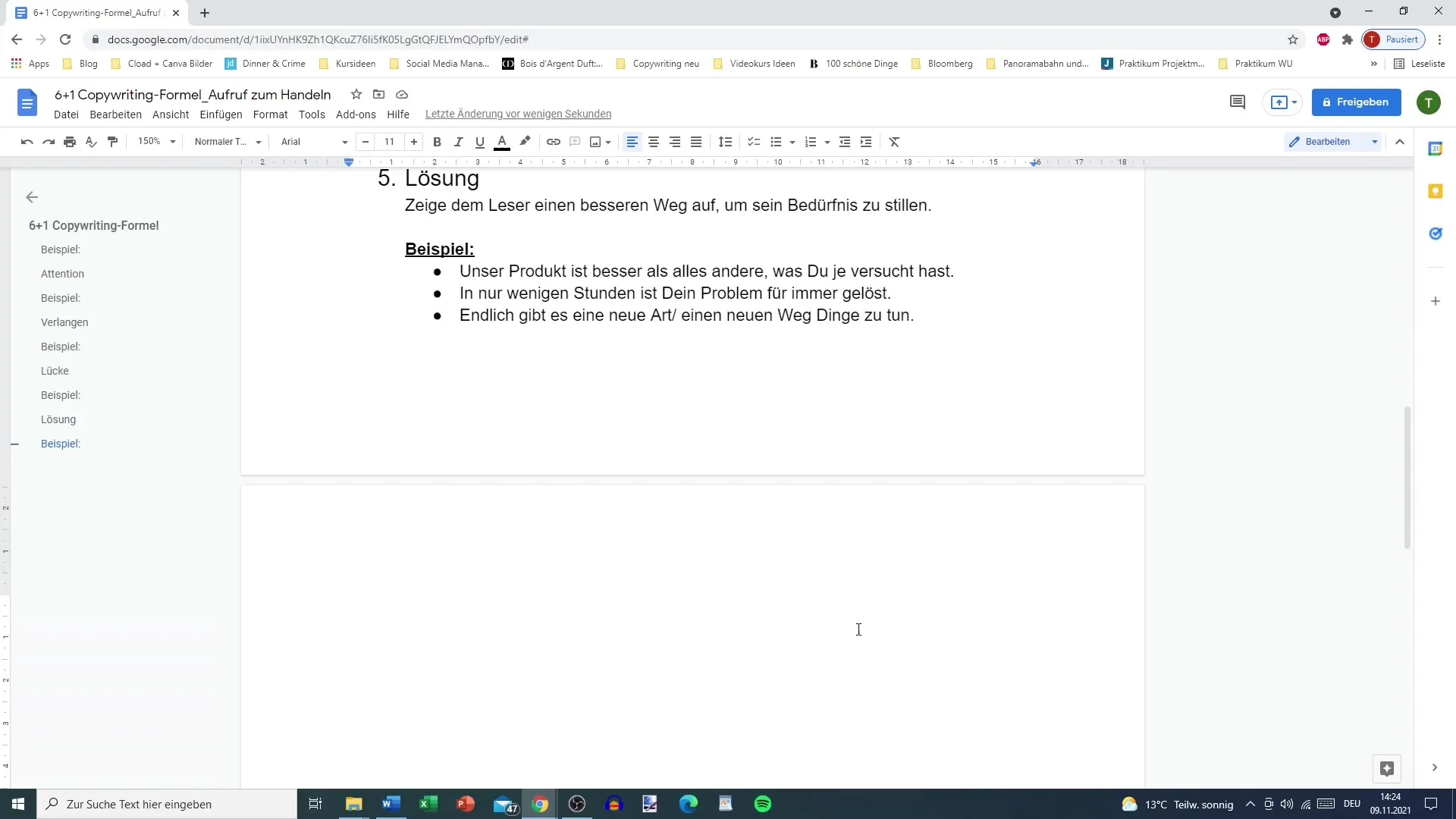The call to action, also known as "Call to Action" (CTA), is a crucial element of any good copywriting. Whether in advertising texts, sales pages, or even on social media — the CTA is the point where you can decisively guide your reader. It promotes an action that brings the reader closer to their goal and ultimately benefits you as the provider. In this guide, you will learn how to formulate an effective call to action and find a clear and motivating address.
Key Insights
The call-to-action should be formulated clearly and concisely. Elements that encourage the reader to take action include: use of imperative verbs, a sense of urgency, and emphasizing the benefit for the reader.
Step-by-step guide to creating an effective call-to-action
1. Give clear instructions
The first step is to clearly tell your reader what to do. Unambiguous phrasing is key. Examples could be: "Click the button now!" or "Sign up today!". This gives the reader a clear action to take.

2. Incorporate a sense of urgency
The second step is to create a sense of time pressure. Phrases like "click now" or "sign up today" encourage the reader to act immediately. When the reader feels a certain urgency, they are more likely to be active.
3. Communicate the benefit to the audience
Now you should clearly communicate the benefit of the action. Why should the reader act? Share benefits such as "so you can secure the product at a special price" or "to receive your free checklist". The reader must understand what they gain from this action.
4. Use emotional appeals
Emotional appeals can significantly enhance the effectiveness of your CTA. Try to show empathy or evoke a positive emotional response. For example, you can use statements like: "Imagine how much easier your life will be with our checklist!" or "Experience the special advantage that our special price offers you!".
5. Use imperatives
A CTA should always contain a direct and active verb. This gives the reader the necessary motivation and clarity. Words like "click", "sign up", "buy", or "start now" are particularly helpful here. Avoid passive or unclear terms that could confuse the reader.
6. Use visual elements
Visual cues such as buttons or highlighted texts draw attention to the call to action. Striking design can work wonders. Make sure your CTA button stands out from the rest of the text and encourages readers to click on it.
7. Use exclamation marks effectively
A simple but often overlooked tip: Add an exclamation mark at the end of your call. This often increases the urgency and engagement of the reader. A sentence like "Click the button now!" is more inviting and motivating with an exclamation mark than the same sentence without one.
8. Message customization
Depending on the target audience and context, it can be helpful to make the call to action more emotional to establish a deeper connection with the reader. Consider what emotions you want to evoke in your reader and craft your message accordingly.
9. Testing and adjustment
An effective call to action requires regular testing and adjustments. Use A/B testing to determine which phrasings, colors, or words resonate best with your audience. Continuously optimizing your CTAs can have a significant impact on your conversion rates.
Summary
In summary, a call to action is an essential tool in copywriting. By providing clear instructions, creating a sense of urgency, and emphasizing the benefits for the reader, you can increase the likelihood that your target audience will take action. Consider what the reader needs and how they feel — this will help you create an effective and appealing call to action.


